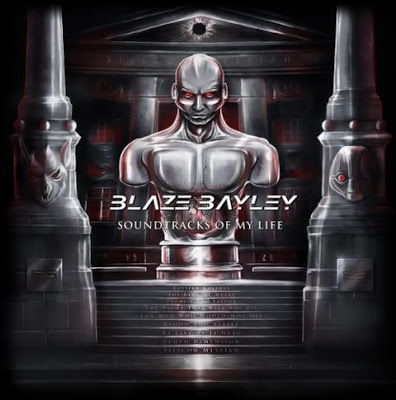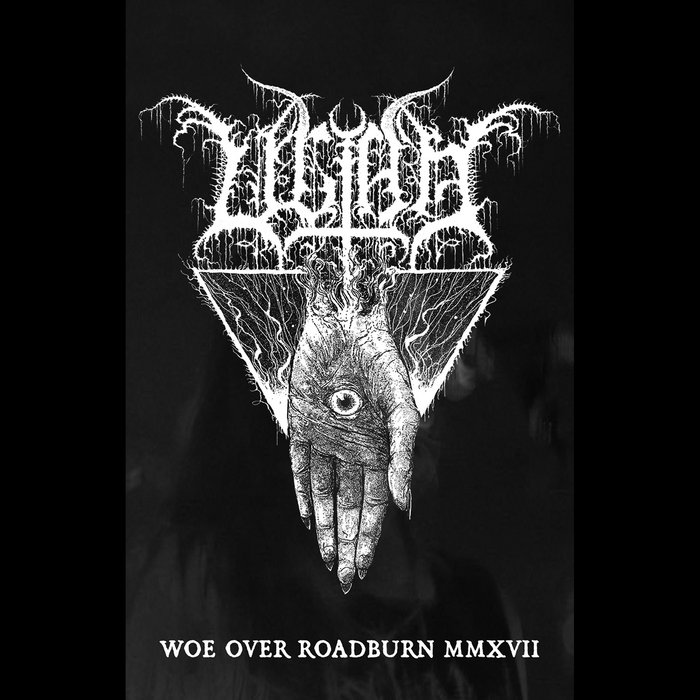Was hört ihr gerade ?
- Ersteller Fenrissulfur
- Erstellt am
-
Als neues Loginsystem benutzen wir die Wacken.ID. Damit du deinen jetzigen Account im Wacken Forum mit der Wacken.ID verknüpfen kannst, klicke bitte auf den Link und trage deine E-Mail Adresse ein, die du auch hier im Forum benutzt. Ein User mit deinem Benutzernamen und deiner E-Mail Adresse wird dann automatisch angelegt. Du bekommst dann eine E-Mail und musst deine Wacken.ID bestätigen.
Sollte es Probleme geben, schreibt uns bitte.
Klicke hier, um deinen Account in eine Wacken.ID zu migrireren.
Du verwendest einen veralteten Browser. Es ist möglich, dass diese oder andere Websites nicht korrekt angezeigt werden.
Du solltest ein Upgrade durchführen oder einen alternativen Browser verwenden.
Du solltest ein Upgrade durchführen oder einen alternativen Browser verwenden.
SAVA
W:O:A Metalgod
Judas Priest - Living After Midnight
Hex
W:O:A Metalgod
- 4 März 2004
- 248.512
- 68.751
- 158
Amongst the Stars bleibt für mich der schwächste Song des gesamten Albums.
Zuletzt bearbeitet:
Warhellhammer
W:O:A Metalgod
- 13 Juli 2011
- 106.897
- 59.586
- 168
Chapel of Disease - The mysterious Ways of repetitive Art


Edit:
Interessant:
"For those who are confused on the time frame of what this is representing, it's not necessarily "Vikings," and more or less not Neolithic. It's Proto-Germanic she's singing here, and in most of their music. It's Pre-Migration Period, 600 years before the Vikings, ~1st Century CE til ~550 when Elder Futhark broke into Younger Futhark. It's based on historical linguistic reconstruction and snippets of text found archeologically and through Tacitus & Saxo Grammaticus, some of which were carved in runes on bone fragments, or described pejoratively by Latin writers, who described the throat singing as like "howling dogs," when it would sound provisionally like in this video, inferred by the Sammi, Mongol, Indigenous Greenland, and Faroese traditions which survived the ages relatively unchanged. Then they kinda do this English language "rap," which is based on descriptions of Galdralag and Seiðalag -- no surviving examples of which exist outside of very, very scant snippets in the Poetic and Prose Edda, and in descriptions by Saxo Grammaticus and possibly by Tacitus. The low growling and hissing, the forked fingers, is based on descriptions of Seiðr magic. That kind of image survived in the inspiration of "witches" which Christians were afraid of deeply, who were real people practicing a similar indigenous artform, and came to become an abstracted meme of its own that evolved & mutated into the 21st century in a vague smear of pop culture idioms."
Zuletzt bearbeitet:
Warhellhammer
W:O:A Metalgod
- 13 Juli 2011
- 106.897
- 59.586
- 168
Klaasohm
W:O:A Metalmaster
Pandicorn
W:O:A Metalmaster
Hex
W:O:A Metalgod
- 4 März 2004
- 248.512
- 68.751
- 158




